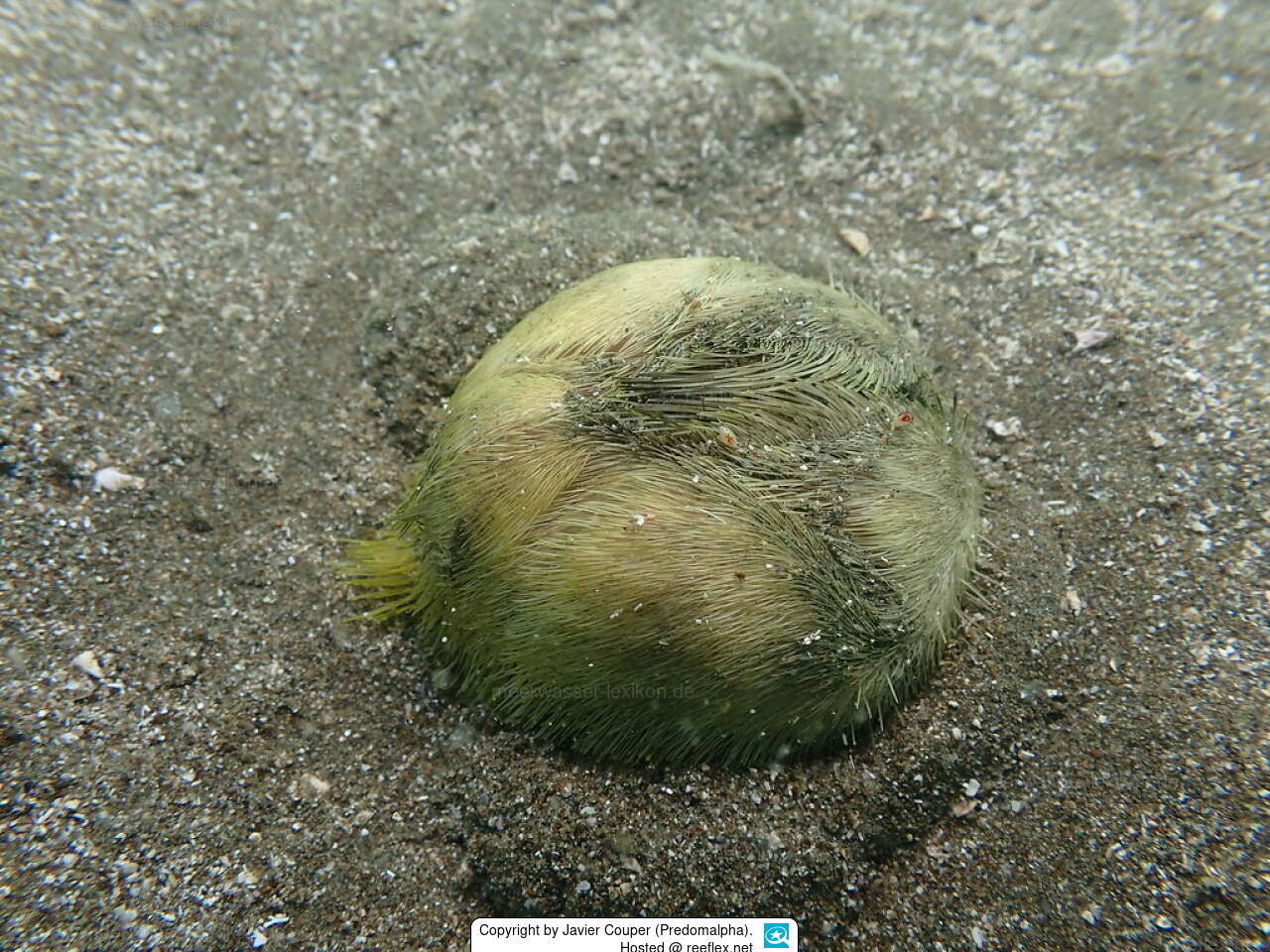Info
Echinocardium cordatum (Pennant, 1777)
Depending on the temperature, the species digs a few centimetres to about 20 cm deep into the Sediment.
Occurs in sediments with a wide range of grain sizes (median grain size up to 650 μm), but clearly prefers sediments with a median grain size of 200 to 300 μm
Depth range 0 - 230 meters
Deposit feeder
Synonymised names:
Amphidetus cordatus (Pennant, 1777) (transferred to Echinocardium)
Amphidetus kurtzii Girard, 1852 (subjective junior synonym)
Amphidetus kürtzii Girard, 1852 (incorrect original spelling)
Amphidetus novae zealandiae (misspelling)
Amphidetus novæ zelandiæ Perrier, 1869 (incorrect original spelling (mandatory changed according to ICZN 4th Ed. Article 32.5.2.2.))
Amphidetus novaezelandiae Perrier, 1869 (subjective junior synonym)
Amphidetus zealandicus (Gray, 1851) (subjective junior synonym)
Amphidotus cordatus (Pennant, 1777) (misspelling & transferred to Echinocardium)
Echinocardium australe Gray, 1851 (subjective junior synonym)
Echinocardium caudatum (misspelling)
Echinocardium cordatus (Pennant, 1777) (incorrect declination of species name)
Echinocardium kurtzii (Girard, 1852) (subjective junior synonym)
Echinocardium sebae Gray, 1825 (subjective junior synonym)
Echinocardium stimpsonii A. Agassiz, 1864 (subjective junior synonym)
Echinocardium zealandicum Gray, 1851 (subjective junior synonym)
Echinus cordatum Pennant, 1777 (transferred to Echinocardium)
Echinus cordatus Pennant, 1777 (transferred to Echinocardium)
Spatangus arcuarius Lamarck, 1816 (subjective junior synonym)
Spatangus cordatus (Pennant, 1777) (transferred to Echinocardium)
Depending on the temperature, the species digs a few centimetres to about 20 cm deep into the Sediment.
Occurs in sediments with a wide range of grain sizes (median grain size up to 650 μm), but clearly prefers sediments with a median grain size of 200 to 300 μm
Depth range 0 - 230 meters
Deposit feeder
Synonymised names:
Amphidetus cordatus (Pennant, 1777) (transferred to Echinocardium)
Amphidetus kurtzii Girard, 1852 (subjective junior synonym)
Amphidetus kürtzii Girard, 1852 (incorrect original spelling)
Amphidetus novae zealandiae (misspelling)
Amphidetus novæ zelandiæ Perrier, 1869 (incorrect original spelling (mandatory changed according to ICZN 4th Ed. Article 32.5.2.2.))
Amphidetus novaezelandiae Perrier, 1869 (subjective junior synonym)
Amphidetus zealandicus (Gray, 1851) (subjective junior synonym)
Amphidotus cordatus (Pennant, 1777) (misspelling & transferred to Echinocardium)
Echinocardium australe Gray, 1851 (subjective junior synonym)
Echinocardium caudatum (misspelling)
Echinocardium cordatus (Pennant, 1777) (incorrect declination of species name)
Echinocardium kurtzii (Girard, 1852) (subjective junior synonym)
Echinocardium sebae Gray, 1825 (subjective junior synonym)
Echinocardium stimpsonii A. Agassiz, 1864 (subjective junior synonym)
Echinocardium zealandicum Gray, 1851 (subjective junior synonym)
Echinus cordatum Pennant, 1777 (transferred to Echinocardium)
Echinus cordatus Pennant, 1777 (transferred to Echinocardium)
Spatangus arcuarius Lamarck, 1816 (subjective junior synonym)
Spatangus cordatus (Pennant, 1777) (transferred to Echinocardium)







 Javier Couper (Predomalpha), New Zealand
Javier Couper (Predomalpha), New Zealand









